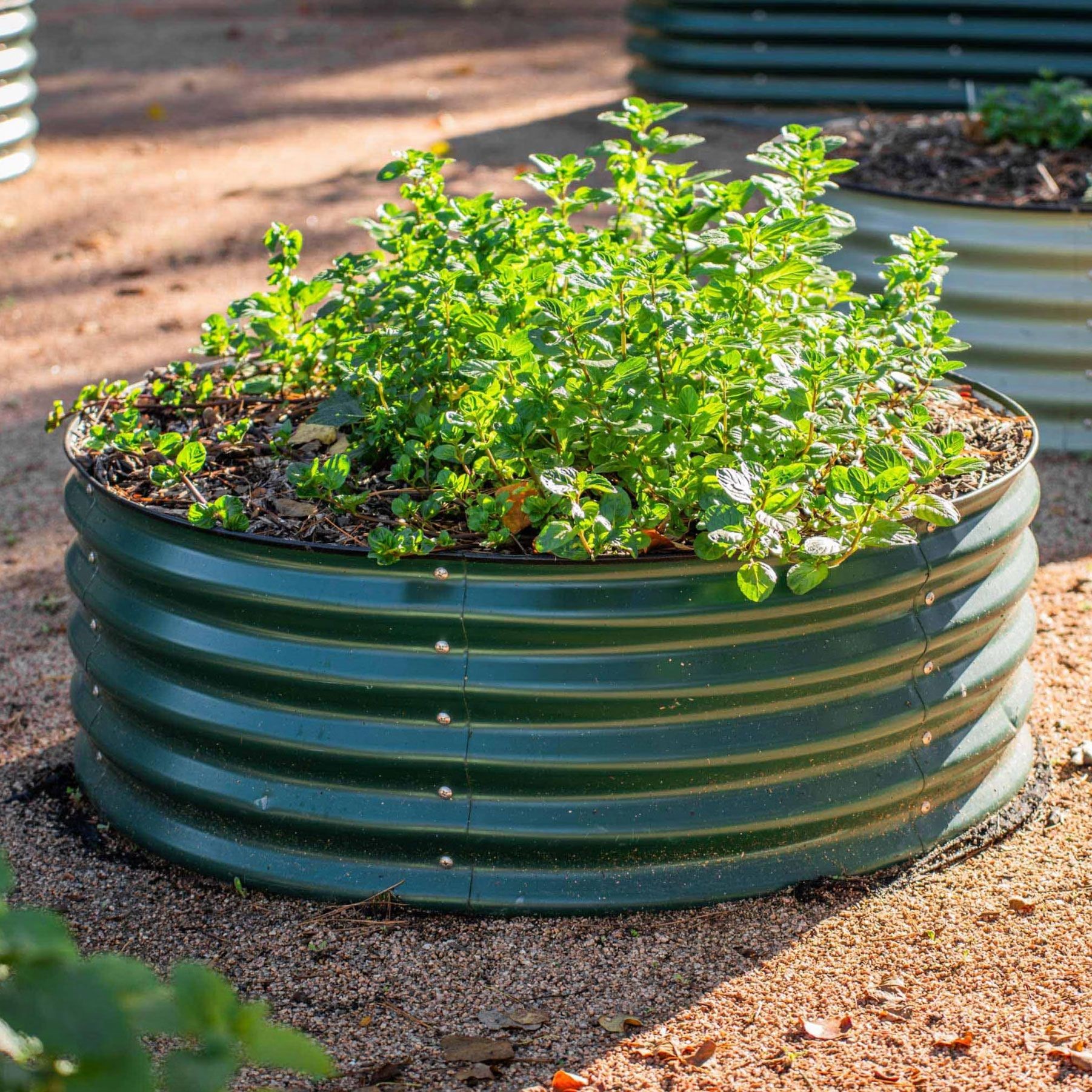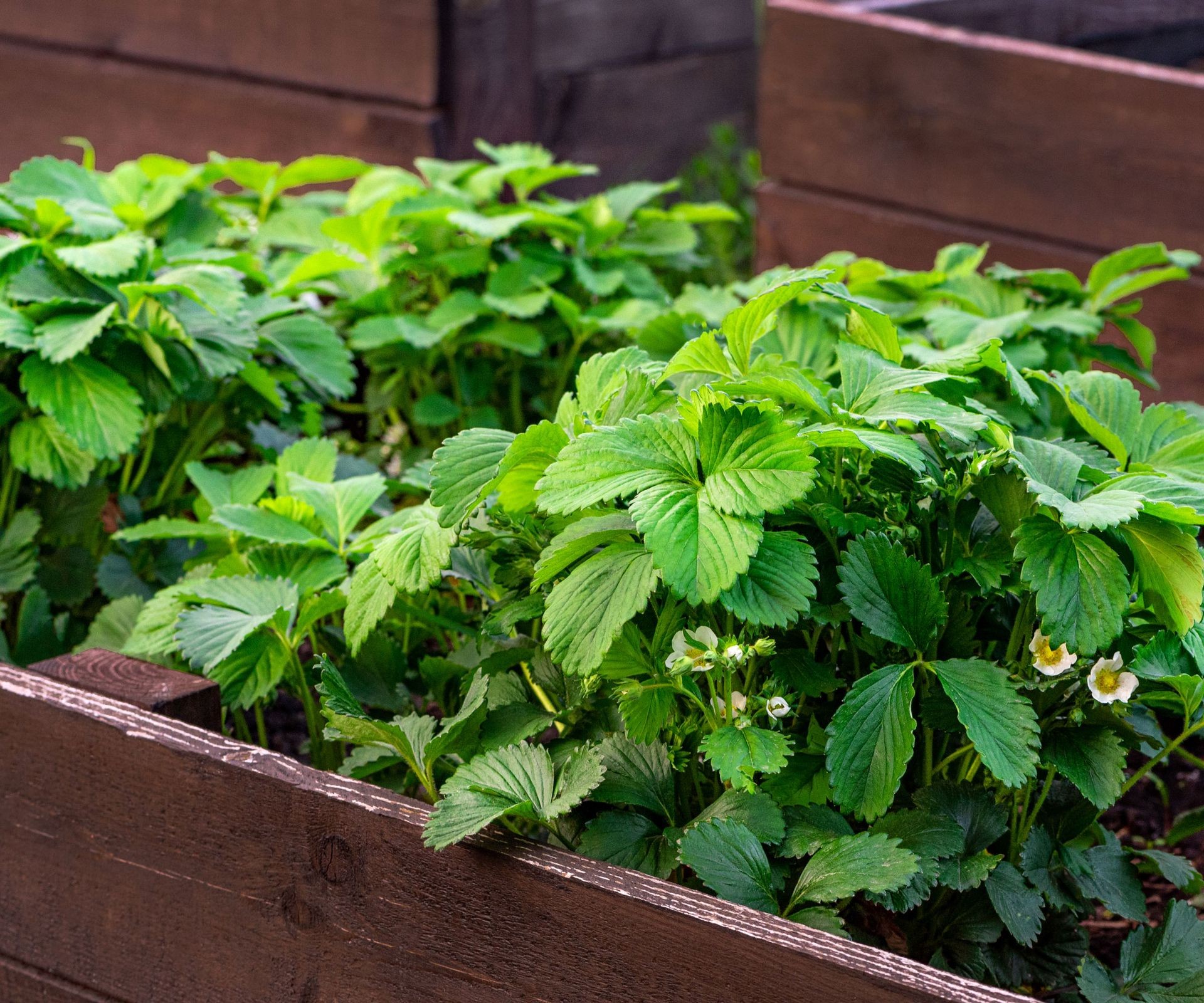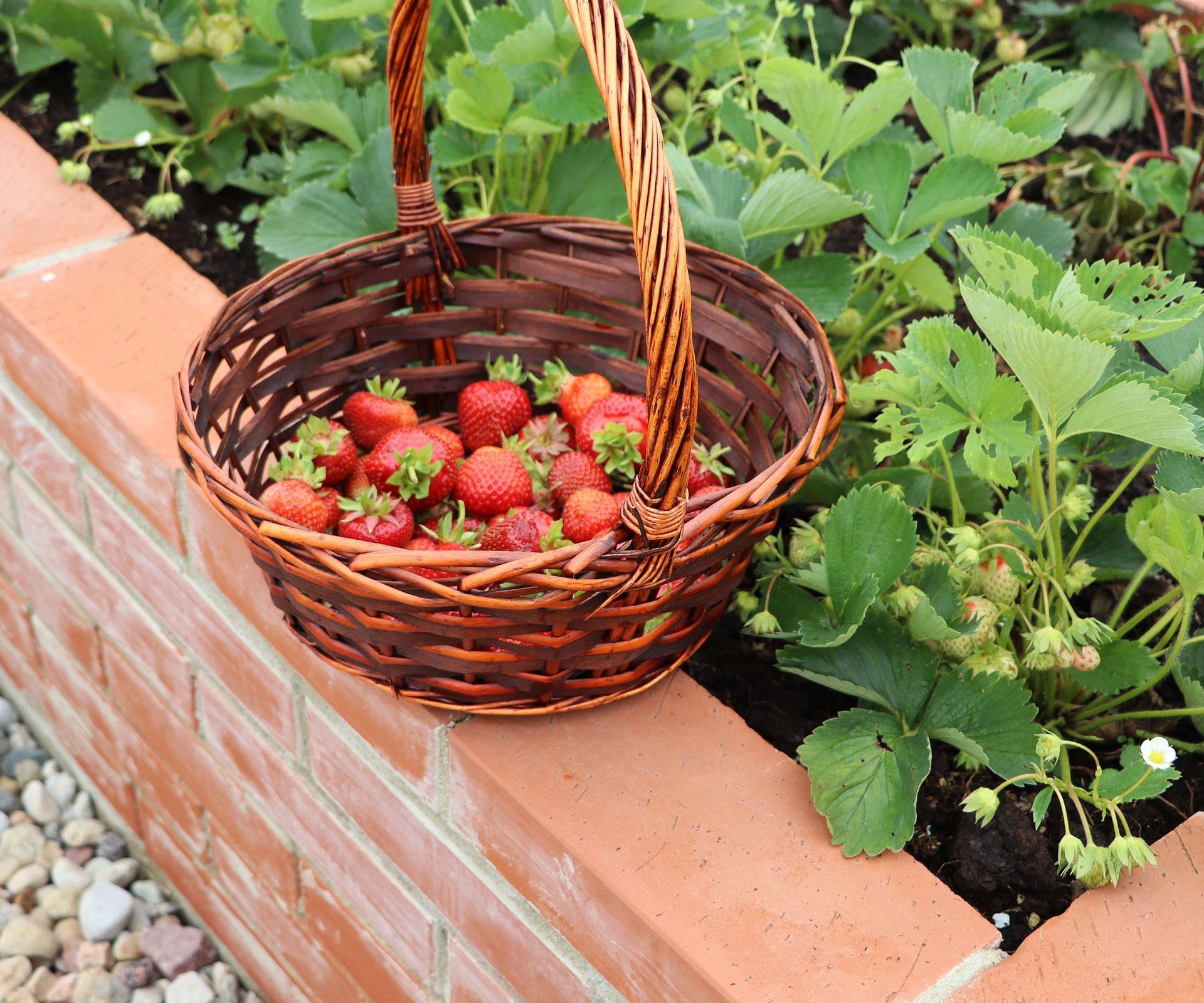No products in the cart.
NEWS
Growing Delicious Strawberries in Raised Beds: Your Guide
There’s a unique joy in picking sun-warmed, ripe strawberries straight from your garden. While delightful in any setting, growing strawberries in raised beds offers significant advantages that can make cultivation easier and more rewarding. Setting up a raised bed involves initial effort, but the benefits of improved growing conditions and reduced maintenance quickly make it a preferred method for many home gardeners. If you’re aiming for a healthy, productive harvest of June-bearing, everbearing, or day-neutral varieties, understanding how to plant and care for them in raised beds is key.
Why Choose Raised Beds for Strawberries?
One of the most critical factors for successful strawberry growth is excellent drainage. Strawberries are highly susceptible to root rot in waterlogged soil. Poor drainage can quickly lead to unhealthy plants and lost crops. Raising the soil level significantly improves drainage by increasing the distance between the plant roots and the water table, preventing roots from sitting in excess moisture.
Beyond drainage, raised beds simplify gardening tasks. The elevated soil surface means less bending and kneeling, making weeding and harvesting much more comfortable, especially for those with mobility challenges. Weeding becomes less of a chore when you can easily reach across the bed or even sit on the edge.
Furthermore, raised beds can help create a better barrier against some common soil-borne pests and diseases, providing a cleaner growing environment for your plants.
Building or Choosing Your Strawberry Raised Bed
While you can technically create a raised mound of soil, a framed raised bed is generally the most stable and long-lasting option for growing strawberries. Materials like wood (ensure it’s untreated or naturally resistant to rot) or corrugated metal are popular choices.
The soil you fill your raised bed with is paramount. Strawberries thrive in organically rich, well-draining soil. A good mix might include compost, aged manure, and other organic matter like shredded bark or sawdust, blended with your existing soil or a purchased raised bed mix. This combination ensures aeration, retains necessary moisture and nutrients, and provides that crucial drainage strawberries need. Preparing this ideal soil mix before planting sets the stage for healthy plant development. For quality raised bed components or soil mixes, consider exploring options available through Biogarden.asia.
 Circular raised metal garden bed filled with soil, ready for planting strawberries
Circular raised metal garden bed filled with soil, ready for planting strawberries
Planting Strawberries in Raised Beds
Timing is important when planting strawberries. Aim to plant as early as possible in the spring, as soon as the soil is workable. This allows the plants ample time to establish a strong root system and develop their crowns before the fruiting season.
How you plant depends on whether you have bare-root or container-grown starts:
- Bare-Root Plants: Dig a hole large enough to spread the roots out naturally without bending. Position the plant so the midpoint of the crown (the base where the leaves emerge) is level with the soil surface. Ensure the uppermost root is just covered by soil to prevent it from drying out.
- Container Plants: Plant these at the same depth they were growing in their original container. Planting too deep can lead to crown rot. Gently backfill the soil around the root ball, pressing lightly to remove air pockets.
After planting, water thoroughly to help the soil settle and the roots establish. Check the planting depth again after watering to ensure it’s still correct. A general guideline for spacing is about four plants per square foot (30cm x 30cm), though this can vary based on the specific variety and system you choose.
 Young strawberry plants blooming with white flowers in neat rows within a wooden raised bed
Young strawberry plants blooming with white flowers in neat rows within a wooden raised bed
Understanding Strawberry Types for Raised Beds
The type of strawberry you choose influences its care and fruiting pattern:
- June-Bearing Strawberries: These produce a single, large crop over a few weeks in late spring or early summer (around June in many climates). They produce numerous runners (stems that root to form new plants). Allow space for runners if you want a matted row system, or prune them back to keep plants tidy and focus energy on the main plant.
- Everbearing Strawberries: These typically produce two main crops per year – a good harvest in early summer and smaller flushes of fruit from late spring through early fall. They produce fewer runners than June-bearers.
- Day-Neutral Strawberries: These varieties produce fruit continuously throughout the growing season as long as temperatures are suitable. Like everbearers, they produce fewer runners.
For everbearing and day-neutral varieties, it’s often recommended to remove the first set of flower stems that appear in the planting year. This directs the plant’s energy into developing a strong root system and crown, which will lead to better harvests in subsequent flushes or years.
Essential Care for Raised Bed Strawberries
Consistent care is vital for healthy, productive strawberry plants in raised beds.
- Watering: Newly planted strawberries need frequent watering, perhaps twice daily initially, gradually reducing frequency as they establish. The goal is to keep the soil consistently moist but never soggy. Raised beds tend to dry out faster than in-ground gardens, so monitor soil moisture regularly, especially during hot, dry periods.
- Fertilizing: Supplementing with a balanced liquid fertilizer every few weeks during the growing season can provide the nutrients needed for strong growth and fruit production. Apply according to product instructions, avoiding over-fertilization.
- Weeding: The ease of access in raised beds makes weeding much simpler. Regularly remove weeds to reduce competition for water and nutrients.
- Runner Management: For June-bearers, decide if you want to allow runners to fill in the bed (matted row) or prune them to maintain individual plants. For everbearers and day-neutrals, runners are less prolific but can still be removed to encourage fruit production on the main plant.
 Healthy green strawberry plants thriving in rich soil within a raised garden bed
Healthy green strawberry plants thriving in rich soil within a raised garden bed
Growing strawberries in raised beds simplifies many common gardening challenges, particularly drainage and accessibility. By providing the right soil, planting correctly, and following consistent watering and feeding practices tailored to your chosen variety, you are well on your way to enjoying abundant harvests of sweet, homegrown strawberries.
 Freshly harvested ripe strawberries displayed next to healthy plants in a raised garden bed, showing successful growth
Freshly harvested ripe strawberries displayed next to healthy plants in a raised garden bed, showing successful growth
Embrace the ease and productivity of raised bed gardening for your strawberries. Explore the resources and potential gardening supplies available at Biogarden.asia to support your journey towards a bountiful berry patch.



